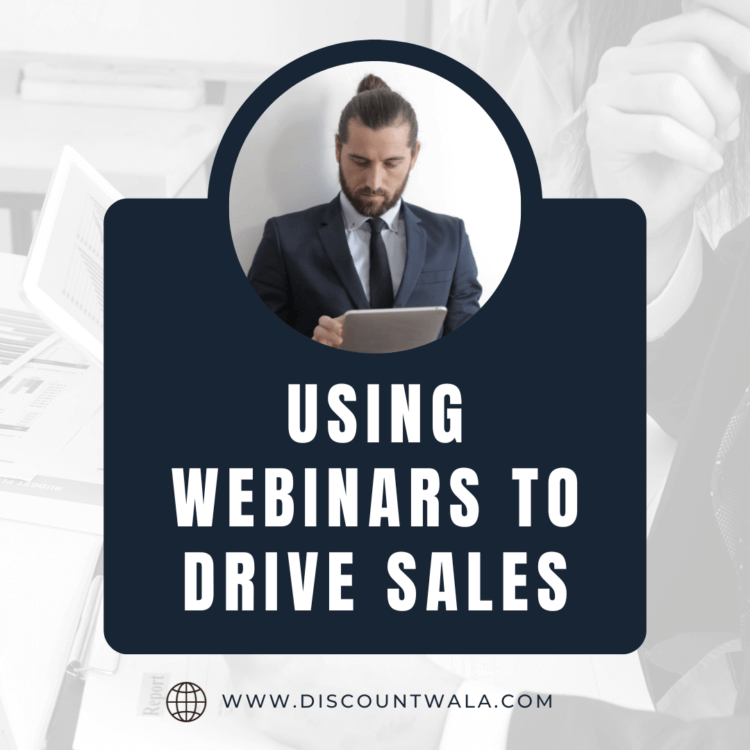Webinars can be a powerful tool to drive sales by providing an interactive and engaging platform to showcase your products or services, educate your audience, and build relationships. Here’s a guide on how to effectively use webinars to drive sales:
1. Identify Your Goals:
Clearly define the objectives of your webinar. Whether it’s lead generation, product demonstration, customer education, or a combination of these, having clear goals will help shape the content and structure of your webinar.
2. Understand Your Audience:
Know your target audience and tailor your webinar content to address their needs, pain points, and interests. Understanding your audience allows you to create a more relevant and engaging presentation.
3. Choose the Right Topic:
Select a topic that aligns with your audience’s interests and provides value. Whether it’s a deep dive into your product features, industry trends, or solving common challenges, the topic should be compelling and relevant to your audience.
4. Create Compelling Content:
Develop a well-structured and visually engaging presentation. Use slides, videos, and interactive elements to keep participants interested. Ensure that the content is informative, solves problems, and highlights the unique selling points of your products or services.
5. Promote Effectively:
Build anticipation by promoting your webinar across various channels. Use email marketing, social media, and your website to generate interest. Clearly communicate the benefits of attending and include a call-to-action (CTA) for registration.
6. Host Engaging Presenters:
Choose presenters who are knowledgeable, passionate, and engaging. Their ability to connect with the audience can significantly impact the success of your webinar. Consider having experts, influencers, or satisfied customers as guest speakers.
7. Interactivity and Q&A Sessions:
Foster audience engagement by including interactive elements such as polls, surveys, and Q&A sessions. Encourage participants to ask questions, share experiences, and provide feedback. This not only keeps the audience engaged but also allows you to address specific concerns and build rapport.
8. Offer Exclusive Incentives:
Provide incentives for attending the webinar, such as exclusive discounts, early access to new products, or downloadable resources. This creates a sense of urgency and adds value for participants.
9. Follow-Up with Attendees:
After the webinar, follow up with attendees to express appreciation, provide additional resources, and gather feedback. This is an opportunity to nurture leads and move them further down the sales funnel.
10. Repurpose Content:
Maximize the impact of your webinar by repurposing the content. Create blog posts, social media snippets, or infographics based on the webinar content. This extends the life of the webinar and reaches a broader audience.
11. Use Analytics to Measure Success:
Utilize analytics to measure the success of your webinar. Track attendance rates, engagement levels, and conversion rates. Analyzing this data provides insights into what worked well and areas for improvement in future webinars.
12. Collaborate with Partners:
Consider collaborating with industry partners or influencers to co-host webinars. This expands your reach to their audience and adds credibility to your content.
13. Invest in Quality Technology:
Choose a reliable webinar platform that offers features like seamless streaming, interactive tools, and analytics. A positive technological experience contributes to the overall success of your webinar.
14. Continuous Improvement:
Gather feedback from participants and analyze the performance of your webinars. Use this information to continually improve your webinar strategy, content, and presentation style.
Webinars provide a dynamic platform to engage with your audience, showcase your expertise, and drive sales. By carefully planning, promoting effectively, and engaging your audience, you can leverage webinars as a valuable tool in your sales and marketing efforts.










No Comments
Leave Comment